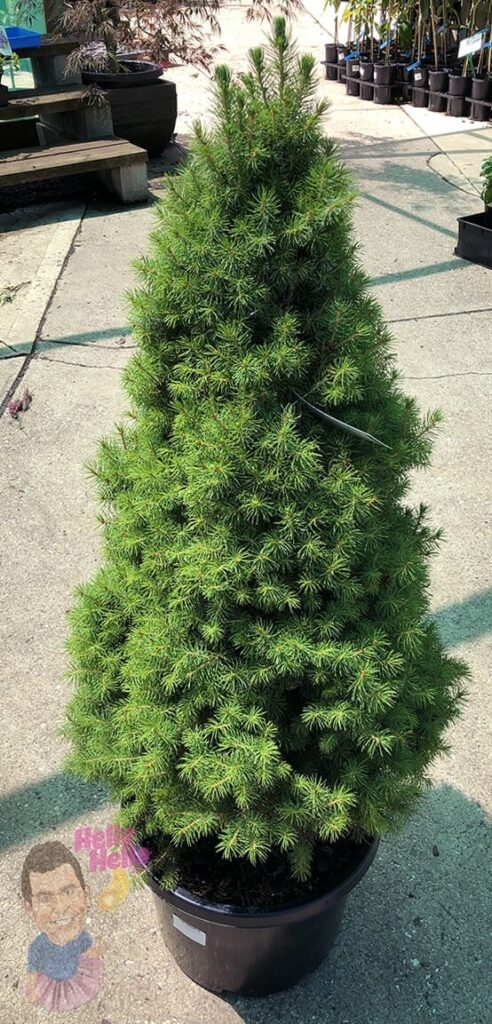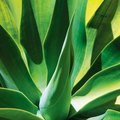Today’s topic is Types Of Blue Agave Plants. Obviously, you can find a great deal of The Agave Plant-related content online. The proliferation of online platforms has streamlined our access to information.
There is a connection between the Agave ‘Blue Glow and Agave ‘Blue Flame information. additional searching needs to be done for 10 Small-Scale Agaves Just Right for Containers, which will also be related to Agave ‘Blue Glow.

9 Tips for Types Of Blue Agave Plants | Plants Similar To Agave
- Agave americana, commonly known as the century plant, grows primarily in the Southwestern United States and in Mexico.2 The century plant got its name because it is commonly thought that the plant flowers every 100 years. While it doesn’t take that long to flower, the century plant will bloom between 10 and 30 years after maturing. Not only does the plant take an exceptionally long time to flower, century plants are monocarpic, which means that they flower only once in their life.1 - Source: Internet
- While agave is grown worldwide as an ornamental plant, there are also numerous practical uses for the plants. In Mexico, different varieties of an alcoholic drink called mescal are made from agave by chopping off the tip of the flower and harvesting the sap that flows from it. The sap is then fermented into a drink called pulque, and can then be distilled to make mescal.6 - Source: Internet
- Plants in the Agave genus belong to the Agavaceae family. Agaves are perennial plants, but their individual rosettes flower and then die. The rosettes are comprised of thick, fleshy leaves that, in most species, end with sharp terminal spikes. The monocarpic rosette produces one slow-growing stalk, known as a Quijote in Mexico. - Source: Internet
- Their succulent tissue allows agave to thrive in their desert habitat.3 The thick leaves store water, and the waxy coating on the leaf surface helps to prevent water loss. Many varieties of agave have leaves that can extend to nearly a foot wide, are smooth and rigid, and have sharp teeth along the leaf edges.2 - Source: Internet
- Agave plants are succulents, but don’t let it fool you; these succulents can grow much larger than your typical ornamental varieties can. Some agave species can grow up to eight feet tall (and much taller with the flower stalk included!) with leaves that can stretch a dozen feet across.2 - Source: Internet
- There are more than 200 species of agave, ranging in size from 6 inches to more than 12 feet wide. Due to their modest size and compact root systems, smaller agave species make an excellent choice for growing in containers. They require only infrequent watering and do well in summer, even in the heat. Their spiky shapes add dramatic interest to many garden spaces, big or small, along with patios, poolsides and entryways and as outdoor table centerpieces. - Source: Internet
- Agave tequilana, commonly called blue agave, is probably your favorite plant on this website. The scientific name has already given you a big hint, but blue agave is known as the main ingredient in producing tequila.6 The heart of the blue agave is known as the piña in Mexico, which also happens to be where the piña colada gets its name. - Source: Internet
- The piña is harvested from the plant and is then cooked, shredded, and fermented until tequila is finally made.6 The piña typically takes 10 years until it reaches maturity and can be harvested. Once its been harvested, the piña doesn’t regenerate and another blue agave plant will have to be planted in its place. The best things in life require patience. - Source: Internet
- The juice from the core of the plant can also be used to produce agave nectar, which is commonly used as a sweetener as a natural sugar substitute. Additionally, the tough fibers within the leaves can be extracted and used for rope, cloth, and matting.4, 5 - Source: Internet
 Following are some suggestions for where to begin your search for data on Blue Agave Varieties:
You should try to find Small Agave Varieties-related information from reputable places. Libraries, online resources, and even paid journalists all fall under this category.
- It's crucial to be aware of the various electronic media sources available when researching Agave 'Blue Glow, such as Google and YouTube. You may also get info about 10 Small-Scale Agaves Just Right for Containers on social media sites like Facebook and Twitter.
Following are some suggestions for where to begin your search for data on Blue Agave Varieties:
You should try to find Small Agave Varieties-related information from reputable places. Libraries, online resources, and even paid journalists all fall under this category.
- It's crucial to be aware of the various electronic media sources available when researching Agave 'Blue Glow, such as Google and YouTube. You may also get info about 10 Small-Scale Agaves Just Right for Containers on social media sites like Facebook and Twitter.It’s crucial to read to examine the authenticity of each source in order to acquire the greatest information regarding Agave ‘Blue Flame.
Video | Types Of Blue Agave Plants
You’ll learn more about Agave ‘Blue Flame after watching the films included in this post, which come from a variety of different sources. Information on a wide range of topics can be easily accessed via the internet.
## Notable features of 10 Small-Scale Agaves Just Right for Containers include:- Types Of Blue Agave Plants
- Blue Agave Varieties
- Agave ‘Blue Flame
- Types Of Agave Plants For Tequila
- Agave ‘Blue Glow

With the abundance of Small Agave Varieties-related resources available online, it’s easy to find what you’re looking for.
This is not how most people would expect to learn more about Agave ‘Blue Flame, so be prepared for some shock value. It paves the way for a closer examination of the How Many Types Of Agave Plants Are There information’s actual substance and its potential applications.
 techniques for making The Agave Plant data visualizations that are both aesthetically pleasing and practically applicable. They can spread the word about Agave Americana in professional and promotional settings. For this reason, we also include Plants Similar To Agave-related pictures.
techniques for making The Agave Plant data visualizations that are both aesthetically pleasing and practically applicable. They can spread the word about Agave Americana in professional and promotional settings. For this reason, we also include Plants Similar To Agave-related pictures.
At last, this article sums up key points about Agave Americana. There is also a comparison of your Types Of Agave Plants For Tequila knowledge to that of Types Of Agave Plants For Tequila, as well as a discussion on Agave ‘Blue Flame and types of blue agave plants.